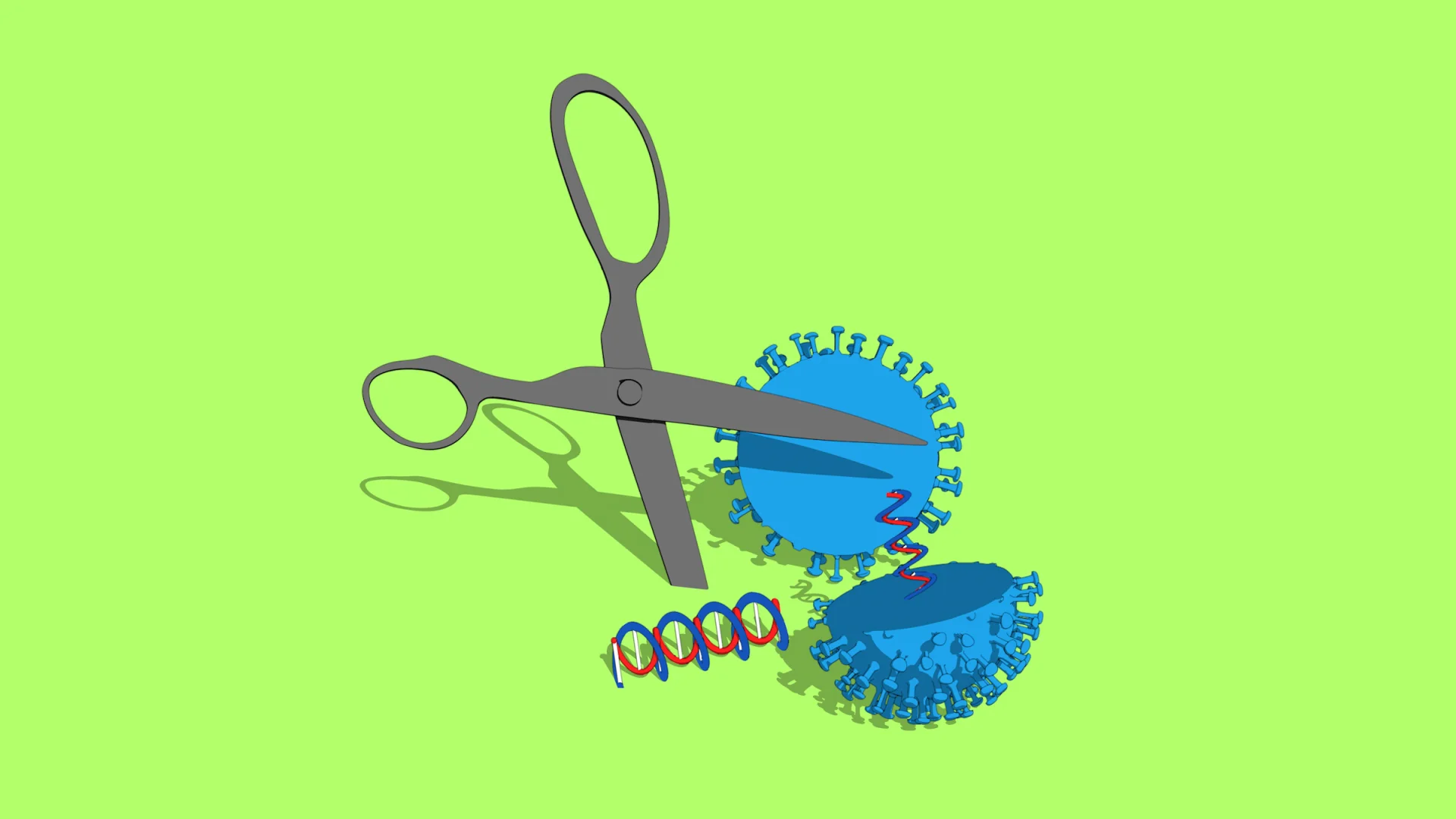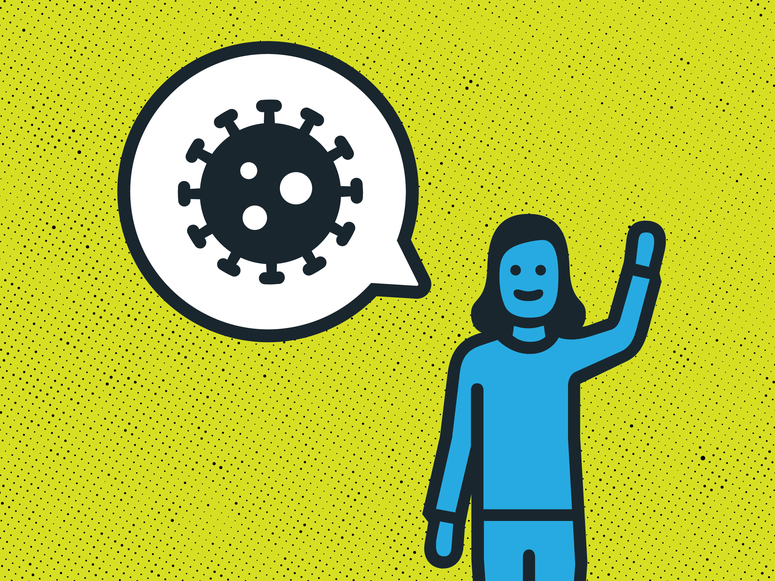On February 19, Tim Abbott, a PhD candidate at Stanford University’s Bioengineering Department, checked the results of an experiment that he was running as a part of a team using the gene-manipulating Crispr technology to fight coronavirus. Abbott was working out of the lab of Stanley Qi, a pioneer developing Crispr tools that can mess with cancer cells and the like to fight diseases. Using an approach the lab called PAC-MAN (Prophylactic Antiviral Crispr in huMAN cells), the idea was to attack the coronavirus by directing a Crispr torpedo at it, attacking the virus’s genetic makeup that allows it to penetrate human cells and then use the cell’s machinery to self-replicate.
In this particular experiment, he had introduced the lab’s Crispr-based system for finding and destroying SARS-Cov 2 (what scientists call the new coronavirus) into a solution containing an inert synthesized fragment of that virus. Like all Crispr systems, this one was composed of two parts: an enzyme and a strand of so-called "guide RNA." The RNA directs the enzyme, in this case, Cas-13d, to latch onto specific spots in the coronavirus's genome where it then makes a series of cuts. You can think of it like a pair of scissors programmed to scan a cookbook and chop up only the page containing the recipe for SARS-Cov-2.
After Abbott analyzed the data, he called over Marie La Russa, a research scientist managing the project, to verify what he’d seen. The coronavirus-targeted Crispr had reduced the amount of virus in the solution by 90 percent. If effectively delivered, this kill rate, they theorized, might be enough to stop the disease in a human.
That result, along with others included in a paper released last weekend—in preprint form and not yet peer-reviewed—suggests that we may be entering an era of developing new Crispr-based weapons against deadly viruses, from flus to coronaviruses. “The PAC-MAN approach,” the authors wrote, “is potentially a rapidly implementable pan-coronavirus strategy to deal with emerging pandemic strains.”
But before you spring from your isolation-in-place for a cheer, underline “potentially.” As the Stanford team readily admits, their paper is more a blueprint, or proof of concept, than an actual medical treatment ready for testing in animals or humans. The project has some serious X-factors, including the fact that they weren’t able to test PAC-MAN on the actual coronavirus. They still haven’t developed a system to get it into human cells. And, as Fyodor Urnov, a professor in UC Berkeley’s Department of Molecular and Cell Biology, points out, even if it works, there’s still a long horizon between preprint and clinical testing. “There is, frankly, zero chance that this approach can be tested in humans in the next four to six months,” says Urnov. “By analogy, if we were trying to go to the moon and come back safely, what this work shows is one can build a rocket that achieves escape velocity.”
No, it’s not a quick fix, but working on moon shots isn’t a bad idea. “We are at point in human history where every thoughtful idea should be pursued, well beyond the tools we have, which were developed in the 13th century (quarantine), the 17th century (medicines) and the 18th century (inoculation/vaccination),” says Laurie Zoloth, senior advisor to the provost at the University of Chicago for programs on social ethics. “Crispr is very new, very unproven in human disease, but it is logical that it should work.”
The gene-editing power of Crispr technology has been increasingly directed at fighting diseases, originally against genetic ones. But more recently, it’s been harnessed to fight infectious diseases, including, now, the new coronavirus. For instance, multiple teams inside and outside of academia are working on using Crispr for more effective tests. Mammoth Biosciences, a private company, claims to have developed a test for Covid-19 that cuts the result time from several hours to under 30 minutes. Sherlock Biosciences has produced a protocol that could possibly enable something that would work like a pregnancy test, giving a positive signal on a test strip.




